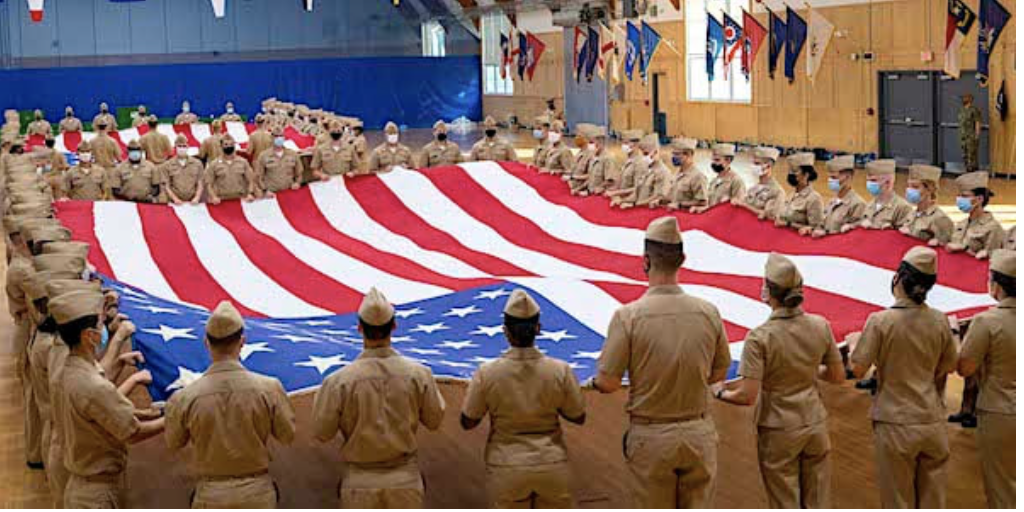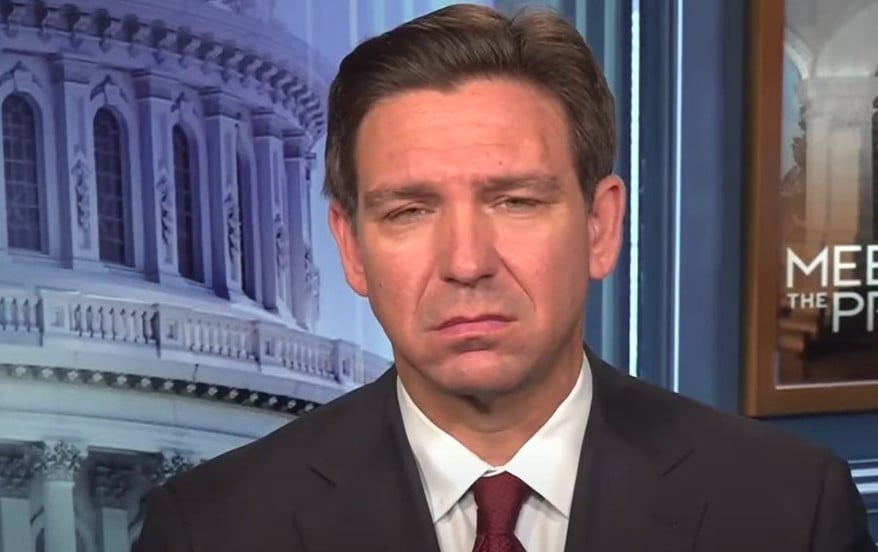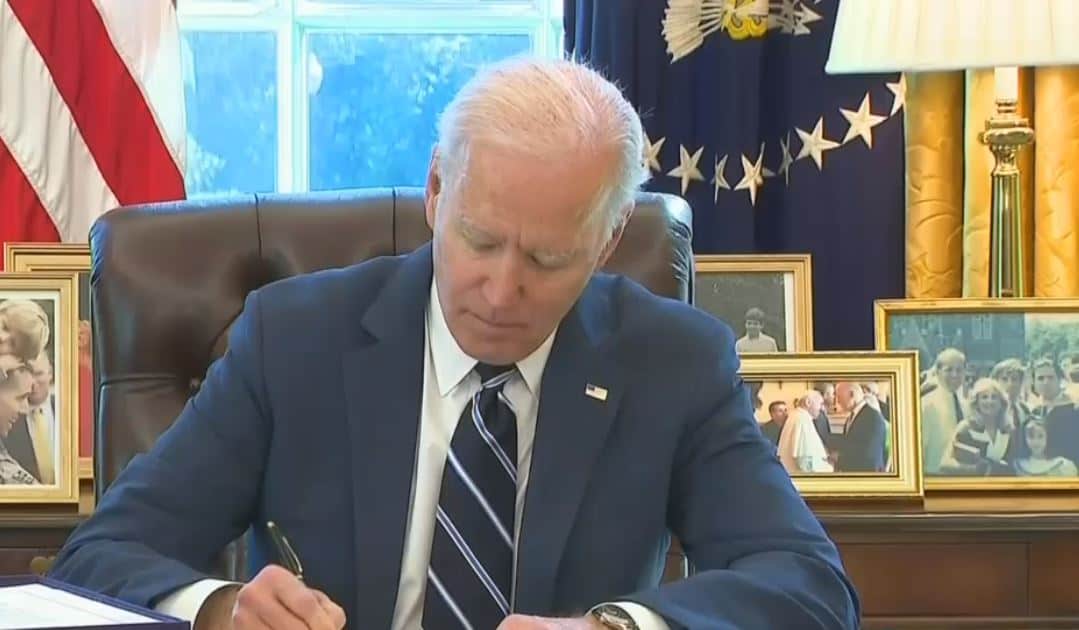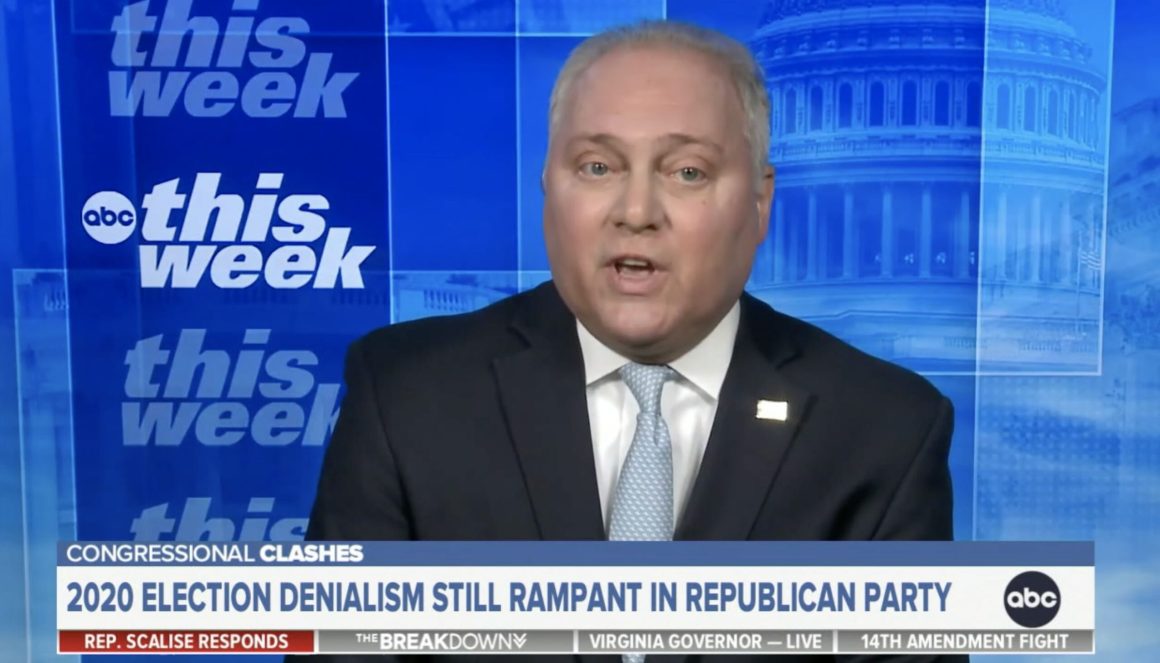
This story originally was published by Real Clear Wire
By Will Thibeau
Real Clear Wire
Part I of Identity in the Trenches: The Fatal Impact of Diversity, Equity, and Inclusion on U.S. Military Readiness.
In August 2021, the world watched as American forces scrambled to evacuate Afghanistan as the Taliban reclaimed power. The panicked withdrawal reached a tragic climax on August 26, when 13 American service members (and more than 100 Afghan civilians) were killed by a suicide bomber in the Kabul airport, where security was a U.S. responsibility. Four days later, when the last military planes took off from that same airport, hundreds of American citizens were left behind. A month later still, when the secretary of Defense, the chairman of the Joint Chiefs of Staff, and the CENTCOM commanding general were called before Congress to account for the failure, they neither offered explanations nor accepted responsibility. The message was clear: Incompetence would be the new norm for the U.S. military — a predictably lethal status quo.
The Afghanistan debacle was dramatic, but it was only one small part of a much larger picture. The United States Armed Forces were once the envy of the world, in large part because we selected the best of the best, and instilled in our fighting men an unshakeable military ethos. Both the ethos and the selection, however, have been in steady decline as the Department of Defense succumbs to a dangerous ideology: that of group quotas, or forced outcome equality for identity groups based on race and sex.
Critics of the current state of affairs in our Armed Forces waste precious breath on disturbing but minor issues like reading lists, drag shows, and TikTok trends. This paper serves as a call for focus and precision on the prevalence of race and sex-based quotas, and the accompanying collapse in professional standards, in the fight to reclaim the integrity of the institution of the military.
Quotas, by one name or another, have been defense policy since 1965 when Secretary Robert McNamara decided to make the Pentagon the leading edge of the effort to adhere to the principles and policies of the Civil Rights Act. This history is important to understand because it clarifies the mission ahead.
The military is often perceived by well-meaning Americans as the last holdout in the progressive march through the institutions. In reality, however, it was among the first American institutions to formally embrace the radical logic of group quotas: that any body must proportionally represent the demographics of the nation, or else enjoy the presumption of wrongdoing and discrimination.
To recover from this institutional overreach, Congress and the executive branch need to commit to a few specific policy changes alongside a bold reorganization of the military personnel process and the structure of the Joint Staff. The policy solutions in this paper do not amount to an exhaustive list of the range of actions to confront DEI, but instead define the minimum necessary action to rebuild the military’s institutional health.
Before we can recommend policy, or even analyze history, we must come to understand the military as an institution. The prevailing consensus seems to regard our warfighting forces as just one more institution in civil society, bound by every social norm of the country they stand to defend. This is the logic by which group quotas are justified. The United States military, however, cannot serve its basic purpose unless it is set apart.
The Military as an Institution, Defined
When a citizen enlists in any of the service branches, he goes through a period of intensive training meant to melt away the effects and the mindset of civilian life, and to forge Americans into soldiers, sailors, airmen, or marines ready to devote their lives to the mass application of violence on behalf of American interests. This training must sweat and bleed the individual who reported for duty, because the DoD knows the life of American citizens, formed in individualism and liberalism, does not make for an easy transition to military service. Policymakers would do well to acknowledge this civil-military distinction.
The American military is a professional fighting force built on competencies and values not commonly found in civil society. Thankfully so, for we do not raise our children under the presumption of a violent life, and most do not even consider joining the military.
Because the stakes of military operations are so high, the military must define itself by a commitment to the professional factors that make servicemembers and units more effective. Even though the years of all-out war are beyond our memory, the perils of an uncertain future make the stakes of military policy unquestionably high.
Some would have us believe that a diverse military is somehow the cornerstone of our national security, all the while minimizing any effect of DEI in practical application for men and women in uniform. This position contradicts itself; either the military’s efforts at diversity serve a critical national need, or they are so insignificant that they are not worth their costs to the services’ culture and the government’s bottom line.
When it comes to policy, the military must maintain a strict separation between values unrelated to the military profession and those values necessary to maintain an effective force. Like a drop of ink in a glass of water, the faintest hint of ideology outside the scope of the military profession will degrade the whole force’s effectiveness. Historical examples from eighteenth century France to the Soviet Army of the late Cold War attest to the reality of this threat.
At stake is much more than the relative quality of military units. A military consumed by politics and identity threatens the very integrity of our republic. In other sectors of society, the consequences of shirking the primacy of merit amount to a bad hire as university president, or maybe a missed revenue projection for a given fiscal quarter. In the military, the stakes are obviously higher.
Nowhere are the consequences of hiring anyone but those selected for their professional qualifications higher than in the wars our military may soon fight. In May of this year, the Daily Caller reported on the Air Force’s efforts to diversify flight school. The Air Force created classes that mirrored the race and gender demographics of the nation. This manipulation of the most critical talent of our military produced consecutive flight school classes below sustainable levels, far below average. This brutal case study is a harbinger of things to come in a military whose organizing principle is diversity rather than merit.
DEI is just that in the military: an organizing principle with specific manifestation in the prevalence of identity-based quotas and the attendant collapse in standards. Future Defense officials, lawmakers, and interested Americans must have a clear understanding of the current personnel and policy landscape to meaningfully effect change.
The Centrality of Quotas
Race and sex-based quotas are the driving force behind the U.S. military’s turn to wokeness. These policies may not be as dramatic as drag shows hosted on Navy vessels, nor as direct and undeniable as DoD-mandated diversity seminars, but they are by far the most consequential of the military’s missteps away from merit and toward political ideology.
A “quota” can be any policy that sets metrics, goals, or standards meant to artificially alter the race or sex composition of an organization. In practice, quotas are rarely as explicit as we might expect: DoD leadership rarely (if ever) admits to making this or that personnel decision based on race or sex. It is, however, the only logical conclusion of the principles on which the DoD operates — principles that have long been held dear by the military bureaucracy, but that are readily dismissible if we consider the sole purpose of our Armed Forces to be fighting and winning our nation’s wars. In today’s military, the success or failure of a unit in the eyes of the DoD is often determined not just by mission readiness (the old standard of competence) but by the new, political mandate of “proportional representation.”
The Department of Defense Strategic Management Plan for Fiscal Years 2022-2026 makes this clear, touting the Pentagon’s intent to base personnel policy on the “breadth and depth” of the nation. The Strategic Management Plan was compiled and promulgated by Deputy Secretary of Defense Kathleen H. Hicks — a Biden appointee, and herself the highest-ranking female in DoD history.
Though the provisions of the Strategic Management Plan are never explicitly admitted to as “quotas,” the implications are clear. Performance Goal 4.2.3 for the Undersecretary of Defense for Personnel and Readiness (USD P&R) is to “inculcate DEIA principles” throughout the entire Department of Defense. In Performance Goal 4.1.2, the Office of the Secretary of Defense mandates that DoD components increase the representation of “racial/ethnic minorities and women” in “underrepresented career fields” in order to meet stated objectives.
In an institution where many critical units are composed almost entirely of white men, it would not be hard to find “underrepresentation” in numerous career fields — and, in seeking to correct it, to undermine military readiness.
The formal planning and taskers associated with DEI goals throughout Hicks’s plan amount to a Pentagon mandate for demographic change across the military. The Department of Defense promoted these orders with a blanket mandate for “equity” and no mention of a necessary adherence to the system of merit DoD leaders purport to uphold.
In evaluating the “total workforce” of the DoD, Deputy Secretary Hicks’s report puts the quotas in the fine print. It is apparently important that the DoD promote women and racial minorities at certain percentages. Strategic Objective 3.2 for a “Safe and Supportive” environment outlines the importance of meeting these numeric standards for the sake of “progress.” Here, again, clear targets for numerical representation are shrouded in obfuscation to provide deniability for Pentagon leadership.
In the military, individual and unit performance reviews depend on adherence to all kinds of policies dictated from above. It is all but certain that every component and military department has established mechanisms of adherence to Deputy Secretary Hicks’s new “DEIA” mandates. Policymakers and concerned Americans should not let an absence of Congressional oversight, reasonable reporting standards, or public disclosure obscure these realities.
Performance Goal 3.2.1 leaves no room for doubt. The DSD directive states specific promotion and selection quotas for racial minorities and women. There is no nuance based on duty position or mission requirements — only a Department-wide directive to select critical personnel policy to fulfill diversity objectives.
The Status Quo, and the Reality of Change
Whatever the reasons, it cannot be said that the U.S. military is naturally diverse. This is not a fact to celebrate or mourn, but a reality to observe. Considering the extent of DEI efforts in the last 10 years alone, and the stubborn persistence of these disproportionate demographics, it follows logically that actually moving from the status quo to the DoD’s desired race and sex quotas — i.e., directly proportionality with the broader population — would require intensive DEI practices at an almost unimaginable scale.
As of the 2020 United States Census, men make up 49.6% of the overall population. The 2022 U.S. Military Demographic Report, meanwhile, counts over 82% of the active military as male. In the officer classes of all branches of the military in 2022, just over 80% were male, along with 82.9% of enlisted personnel.
The branch that exhibits the greatest gender disparity is the Marine Corps, where just over 90% of active service members were male. The gap is even wider in the highest ranks: In the Marine Corps specifically, over 96% of the highest-ranked generals were male. The Navy had the next highest disparity, with over 93% of its highest-ranking officers as male. The Air Force had the lowest percentage of male generals with an O7-O10 rank at just over 88%.
Similar disparities exist among the top ranks when it comes to race. In the United States at large, 75.3% identify as white, compared with 68.8% of uniformed service members. When organized into the enlisted and officer classes, white members of the military make up 75.1% of all officers and 67.4% of all enlisted members.
Within the highest ranks of the generals, the O7-O10 pay grade, over 87.9% across all the branches identify as white. At these ranks, only 12.1% consider themselves as minorities, with African Americans being the most substantial at 7.7%. Compare this against the 31.2% of the force at large that identifies with a minority group, and the 17.3% of all service members who identify as black or African American.
Those who argue for group quotas see these realities and assume that they must result from some kind of built-in racism. They argue that consideration of race, rather than merit alone, is necessary to correct this perceived injustice. In practice, the military leadership’s stated “diversity goals” — a now-popular byword for race– and sex–based quotas — by necessity become mandates for discrimination. Today, white men and women make up almost 80% of Air Force officers. Current Air Force policy dictates reducing that proportion by almost 15%. How could that reduction possibly be achieved except by systematic application of racial prejudice?
Only in light of these facts can we understand just how radical the idea of a quota-based military really is. To achieve its desired end state, the DoD will not (and cannot) consider race or gender only in rare edge cases. It must be a whole-force strategy, leading to double-digit reductions in the male and white proportions among key military positions, especially at the highest, most consequential ranks. Merit, operational needs, and the military ethic will be, at best, secondary considerations.
If our Armed Forces continue down this path, it is all but guaranteed that the competency crisis will reach a breaking point. Given the nature of the institution, that break is certain to be lethal, and likely at a devastating scale. The fall of Kabul, the collapse of function in flight school, the now regular rehearsals of DEI ideology from unaccountable Pentagon leadership — these may be only the beginning of a new, and dangerous, era.
Will Thibeau is an Army Ranger veteran and director of the American Military Project at the Center for the American Way of Life. This article was first published at TomKlingenstein.com.
This article was originally published by RealClearWire and made available via RealClearWire.















